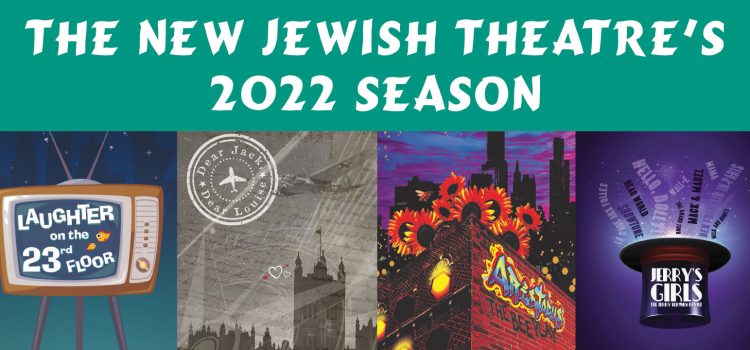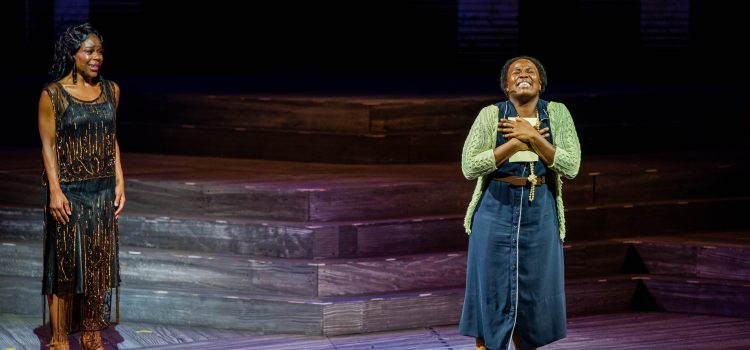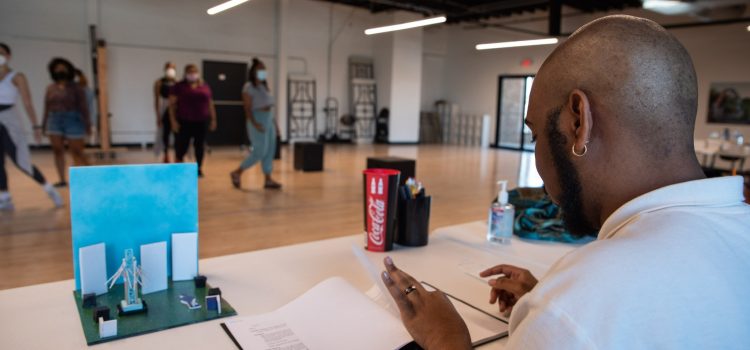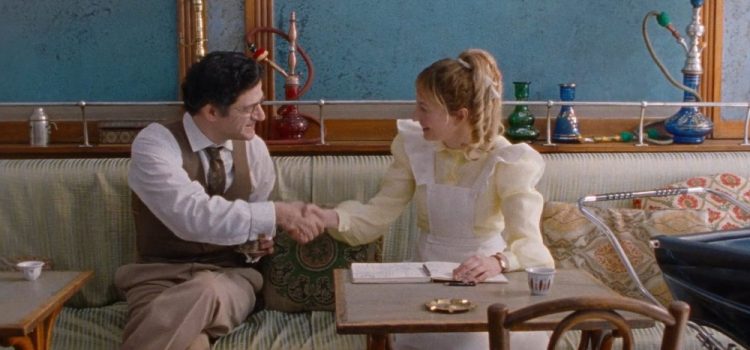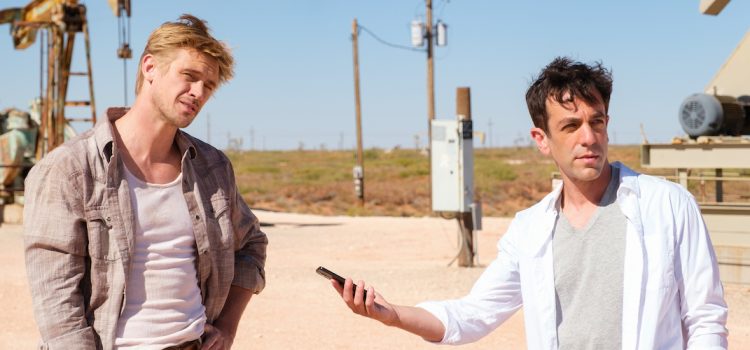The J (St. Louis Community Center) is excited to welcome Rebekah Scallet as the New Jewish Theatre’s new artistic director. Scallet is excited to begin her New Jewish Theatre (NJT) career by producing the world-premiere of The Bee Play this September. Scallet replaces previous artistic director Edward Coffield.
Scallet brings years of theater experience to NJT through her previous work as the Producing Artistic Director at the Arkansas Shakespeare Theatre, a professional equity summer theatre festival part of the University of Central Arkansas. During that time, she produced 32 plays and musicals and directed eight productions. She also oversaw the creation of Arkansas Shakespeare Theatre’s all-virtual “Revisiting Shakespeare,” an online festival celebrating and investigating Shakespeare and his work’s role and relevance today.
“I am thrilled to be joining the amazing team at the New Jewish Theatre and the J. I believe theater is a vital tool in growing and strengthening communities, something the New Jewish Theatre has an incredible track record of doing through their work,” Scallet said.
Scallet moved to St. Louis two years ago and has been working as a freelance director and teacher, most recently with the Sargent Conservatory at Webster University where she directed The Learned Ladies. remembers visiting St. Louis and her grandparents many years ago as a child and remembers seeing her grandmother perform in a Yiddish play at the J.
“The J itself has also meant a lot to my family. Though I only moved to the area a couple of years ago, my family has deep St. Louis roots, and I have fond childhood memories of seeing my grandmother perform on stage here. The building and the theatre itself have changed a lot since then, but this is truly a full-circle moment for me, and I am excited to walk in my grandmother’s footsteps as I create and share stories with this community,” said Scallet.

During her time at Arkansas Shakespeare Theatre, she was responsible for more than doubling theatre’s audience size, expanding their performance season, founding the Arkansas Shakespeare Theatre’s Artistic Collective and establishing a hugely successful educational touring program. Her production of Twelfth Night for the Arkansas Shakespeare Theatre won her the Arkansas Art Council’s Individual Artist Award.
Additionally, Scallet worked as the Producing Artistic Director at the University of Central Arkansas, where she also taught two to four courses per year and directed the theatre program every other year for the Department of Film, Theatre and Creative Writing. She also spent 10 years in Chicago working as a director, dramaturg, artistic administrator and teaching artist.
Scallet received her Bachelor of Arts Degree in Theatre Arts and English and American Literature from Brandeis University in 2000. In 2009, she completed her Master of Fine Arts in Directing from Illinois State University.
Rebekah is involved in many community-led Jewish organizations. In St. Louis, she served on the L’Chaim Gala Planning Committee, which is the Women’s Philanthropy Division of the Jewish Federation of St. Louis and is a member of the National Council for Jewish Women St. Louis. In Arkansas, she was involved with the Jewish Federation of Arkansas where she served as a Board of Trustee from 2012-2018 and served as Chair of the Events Division, including overseeing the 2019 Jewish Food and Cultural Festival.
EDWARD COFFIELD HEADED TO OHIO
From the former artistic director on Aug. 2, posted on the New Jewish Theatre Facebook page:
“Today is my last day as Artistic Director of the New Jewish Theatre. I have accepted an offer to join the faculty and staff at Baldwin Wallace University in Berea, Ohio, as Production Manager and to lead their Stage Management Program.
I’ve been so lucky to have worked with NJT for 20 years. I directed my first production, Crossing Delaney, in 2002, and became artistic director in 2018. I have watched the theatre grow and survive the pandemic when other theatres simply disappeared. The truth is not one individual can ever define the theatre’s success or resilience.

I am honored to have served the theatre well and to be a part of its story. I have lived in St. Louis for 34 years, and I have made friends and colleagues that have meant a great deal to me along the way. I had the chance to create a lot of theatre in this community. I am thankful for the friends and colleagues that have been a part of my journey that has changed me for the better.
I leave behind an incredible theatre and a great theatre community. I hope you will all continue to support NJT – Please take care of NJT for me – it’s important to our community!
-Eddie Coffield
ABOUT THE J:
The J is an interactive, multi-generational gathering place that offers a variety of programs and services to both the St. Louis Jewish community, and the community at large. The Jewish Community Center provides educational, cultural, social, Jewish identity-building and recreational programming and offers two, state-of-the art fitness facilities, all designed to promote physical and spiritual growth. Everyone is welcome at the J.
For more information, visit jccstl.org


